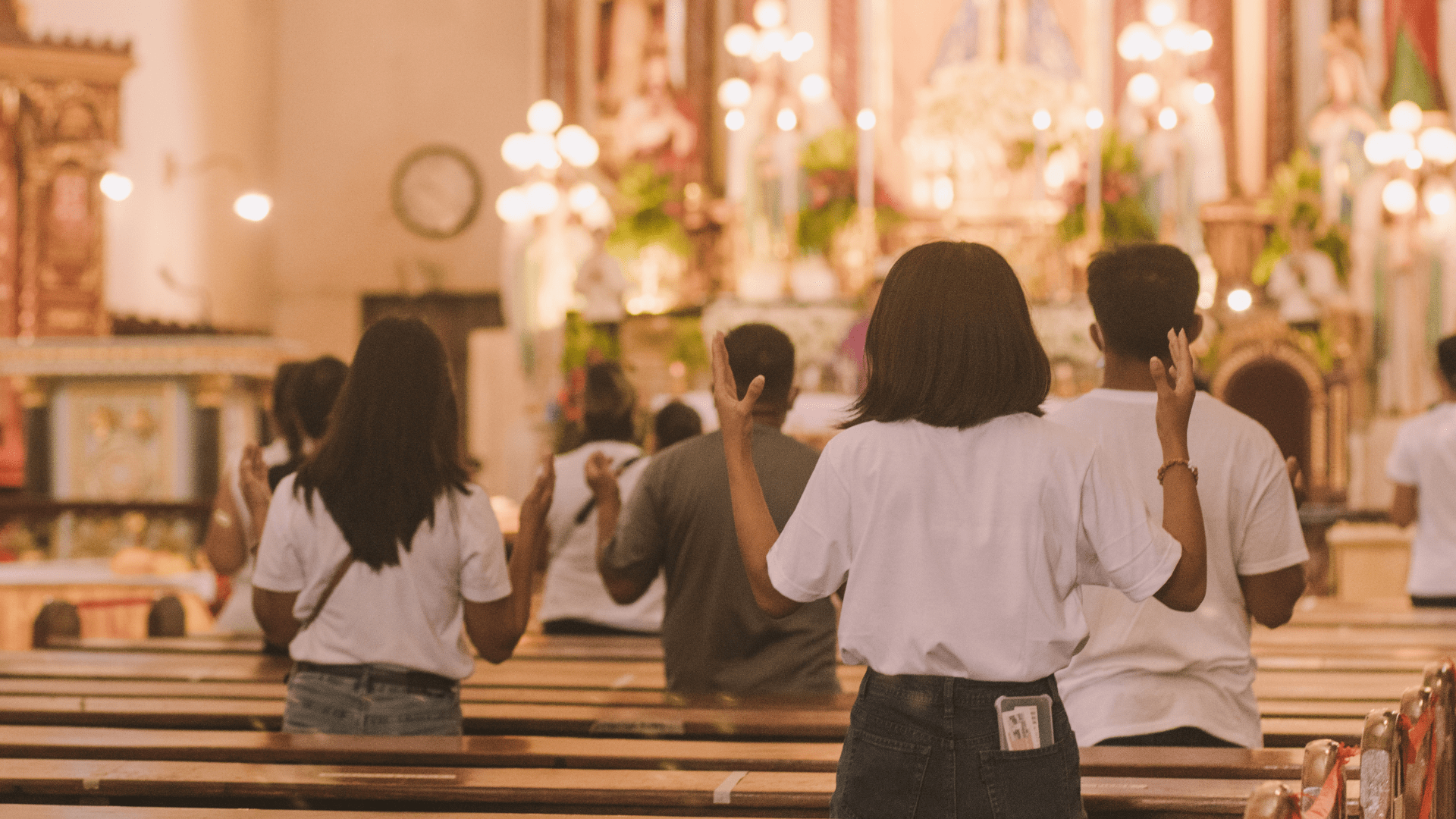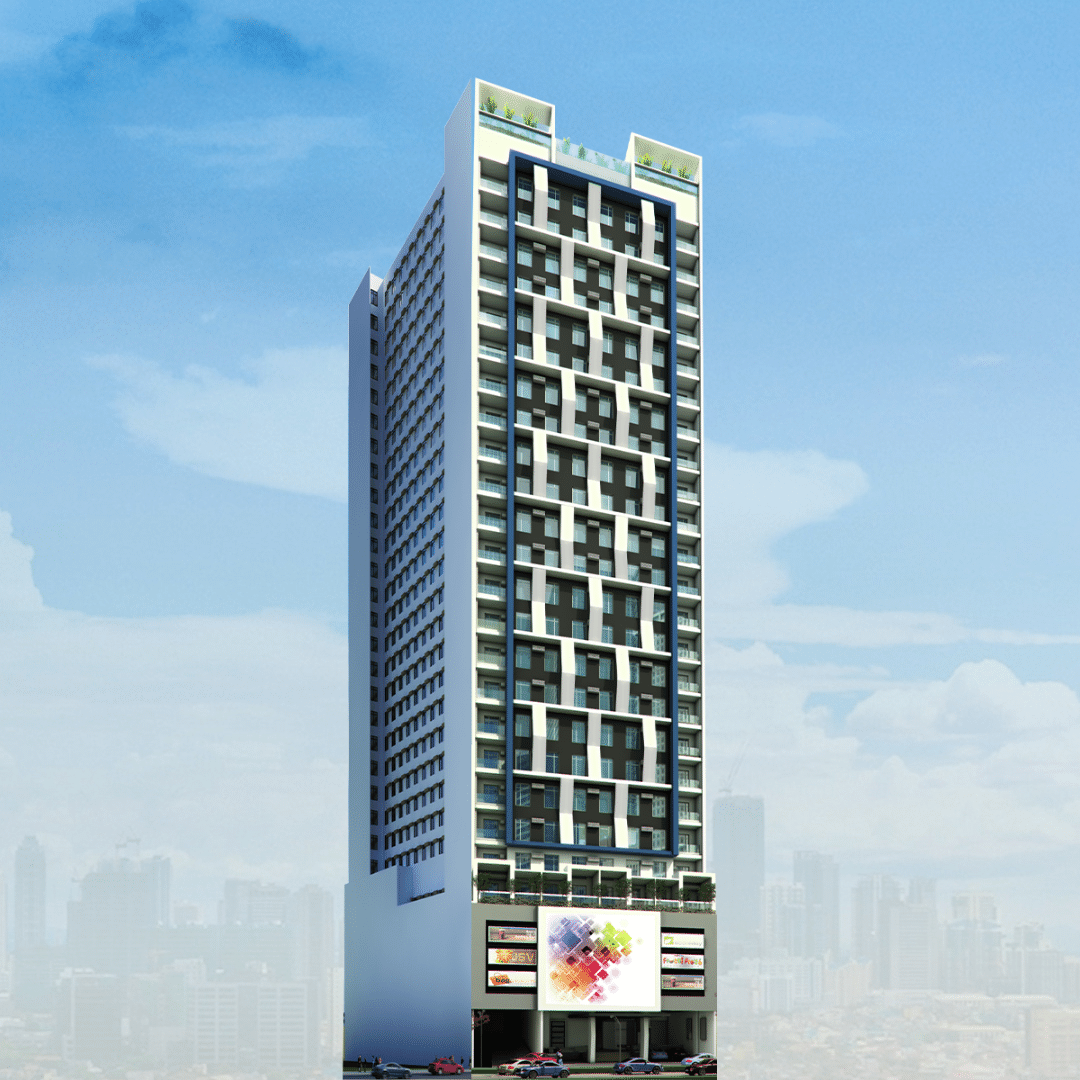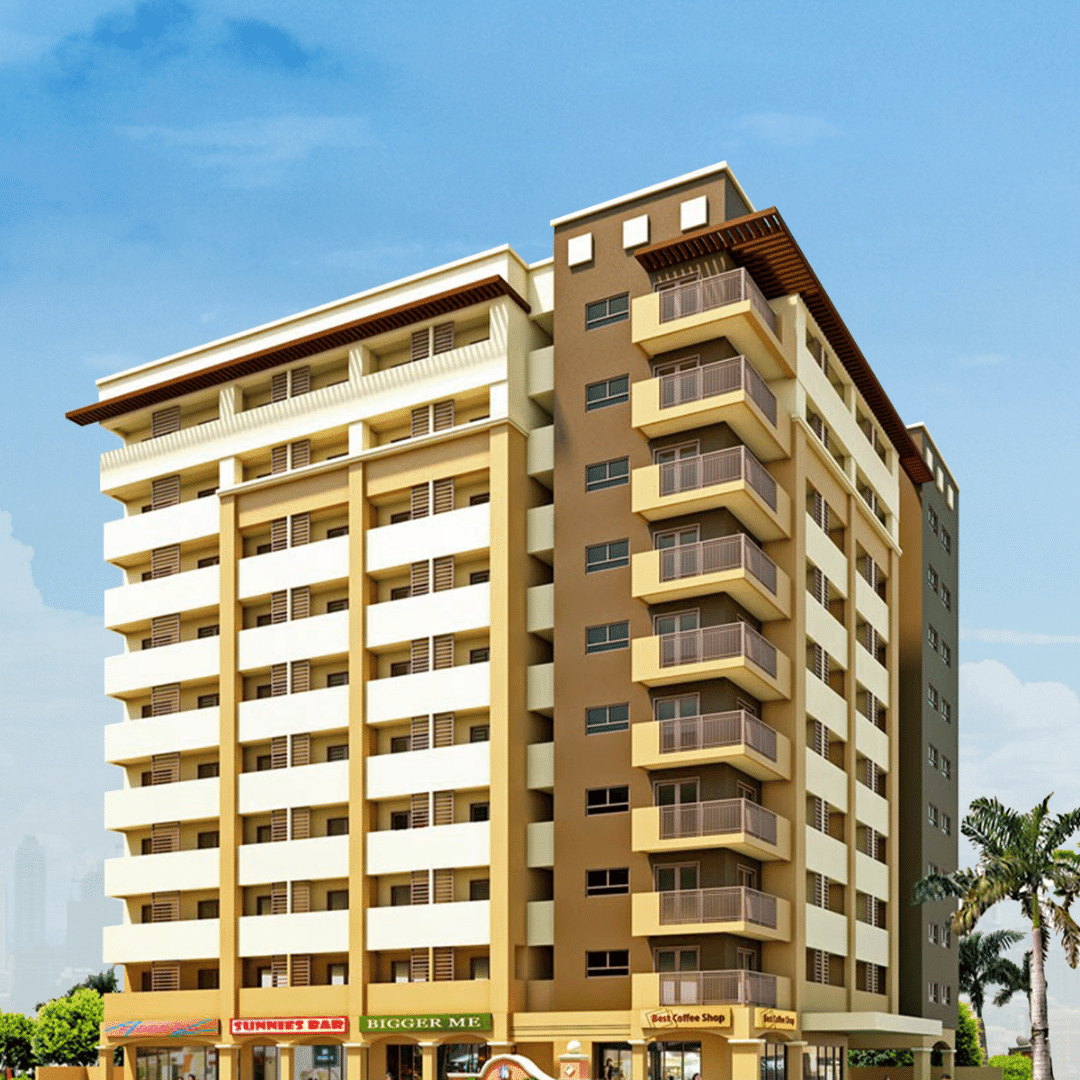Visita Iglesia, a tradition deeply ingrained in the fabric of Filipino Catholicism, marks a significant observance during Holy Week. This practice involves visiting seven different churches, usually several churches on Maundy Thursday, to reflect on the Stations of the Cross, offer prayers, and meditate on the passion and sacrifice of Jesus Christ.
The roots of Visita Iglesia trace back to the Spanish colonial era when Catholicism was introduced to the Philippines. Spanish missionaries encouraged the faithful to visit seven churches to commemorate the Seven Last Words of Jesus Christ spoken from the cross.
Over time, this tradition evolved and became deeply embedded in Filipino culture, enduring through generations as a symbol of devotion and spiritual reflection.
During Holy Week, which is the most solemn period in the Catholic liturgical calendar, Filipino Catholics embark on their Visita Iglesia journey. Families, friends, and individuals set out on pilgrimages to seven different churches, often starting in the evening and continuing into the night.
Some devotees even choose to visit churches of fourteen churches, each representing one of the Stations of the Cross, thereby completing the full journey of Christ's suffering and death.
The selection of churches to visit varies from region to region, but often includes historic and significant religious sites. In urban areas, pilgrims might visit churches with grand cathedrals and basilicas, while in rural communities, they might explore quaint parish churches with rich cultural heritage.
The experience of Visita Iglesia is not merely about physically visiting churches but also about engaging in profound spiritual contemplation. As pilgrims move from two stations or one church to another, they reflect on the mysteries of Christ's passion, pray for their intentions, and seek repentance and forgiveness for their sins.
The practice of Visita Iglesia fosters a sense of community and solidarity among Filipino Catholics. It is a time for collective prayer and reflection, as well as an opportunity to strengthen bonds with family and friends. Pilgrims often share stories, experiences, and intentions as they journey together from one last church visit to the next.
Moreover, Visita Iglesia serves as a reminder of the universal nature of the Catholic faith. As millions of Catholics around the world participate in similar rituals during Holy Week, Filipino Catholics feel connected to the global body of believers, united in their devotion to Christ and His sacrifice.
In recent years, technology has also influenced the tradition of Visita Iglesia. Some churches offer virtual tours or live streams of their services, allowing those who cannot physically visit to participate in the spiritual journey remotely.
However, for many Filipino Catholics, the physical pilgrimage remains a cherished tradition, a tangible expression of their faith and commitment to their religious heritage.
In essence, Visita Iglesia encapsulates the essence of Holy Week for Filipino Catholics – a time of prayer, reflection, and renewal of faith as they walk in the footsteps of Christ, journeying from suffering to redemption.
It is a tradition that continues to thrive, serving as a testament to the enduring spiritual legacy of the Filipino people.
Why do People Participate in Visita Iglesia?
People participate in Visita Iglesia for a variety of reasons, deeply rooted in their faith, tradition, and personal spirituality. Here are some of the key motivations behind this cherished Holy Week tradition:
Spiritual Reflection: Visita Iglesia offers participants a structured opportunity for deep spiritual reflection. By visiting multiple churches and meditating on the Stations of the Cross, individuals can contemplate the significance of Christ's suffering and sacrifice. This introspective journey allows them to renew their faith, seek forgiveness for their sins, and strengthen their spiritual connection with God.
Observance of Holy Week: Holy Week holds immense significance in the Catholic faith, marking the culmination of Lent and the commemoration of Jesus Christ's passion, death, and resurrection. Participating in Visita Iglesia is a way for Catholics to actively engage in the rituals and observances of Holy Week, thereby enriching their religious experience and understanding of this sacred period.
Family and Community Tradition: For many Filipino families, Visita Iglesia is a cherished tradition passed down through generations. It serves as a means of bonding and solidarity, bringing together family members, friends, and communities in a shared act of devotion. The pilgrimage to seven churches fosters a sense of unity and reinforces the importance of faith within the family and the broader community.
Act of Reparation and Gratitude: Through Visita Iglesia, participants express their gratitude for the gift of salvation and acknowledge Christ's sacrifice on the cross. By visiting multiple churches and engaging in prayer and penance, individuals seek to make reparation for their sins and demonstrate their appreciation for God's mercy and love. This act of gratitude is central to the Catholic understanding of redemption and reconciliation.
Seeking Blessings and Intercession: Many people participate in Visita Iglesia with specific intentions and prayers, seeking blessings, guidance, or intercession from God and the saints. Each church visited may be associated with particular saints or devotions, providing an opportunity for petition and supplication. Pilgrims often carry with them prayers or petitions, offering them at each church visit as they seek divine assistance in their lives.
Cultural and Historical Significance: Visita Iglesia is not only a religious practice but also a cultural and historical tradition deeply intertwined with Filipino identity. The selection of churches often includes historic and culturally significant sites, reflecting the country's rich Christian heritage. For Filipinos, participating in Visita Iglesia is a way of honoring their religious and cultural roots and preserving traditions passed down from previous generations.
Pilgrimage Experience: Embarking on the Visita Iglesia pilgrimage provides participants with a sense of journey and adventure. Walking from one church to another, often in the company of fellow pilgrims, creates a physical and spiritual pilgrimage experience. The act of traversing physical distances mirrors the spiritual journey of faith, deepening the pilgrim's sense of connection to God and their fellow believers.
Are there Specific Prayers during Visita Iglesia?
Yes, there are specific prayers commonly recited during Visita Iglesia, each tailored to the Stations of the Cross or the intentions of the pilgrim. These prayers serve to guide participants through the spiritual journey of visiting multiple churches and reflecting on the passion and death of Jesus Christ. Here are some of the prayers commonly associated with Visita Iglesia:
The Sign of the Cross: The pilgrimage typically begins with the Sign of the Cross, invoking the presence of the Holy Trinity – the Father, the Son, and the Holy Spirit – and symbolizing the beginning of the spiritual journey.
Prayers at Each Station of the Cross: At each church visited during Visita Iglesia, pilgrims often recite prayers corresponding to the Stations of the Cross, also known as the Way of the Cross. These prayers reflect on different aspects of Christ's passion, from his condemnation to his crucifixion and burial. Common prayers include the Our Father, Hail Mary, and Glory Be, as well as specific prayers associated with each church station.
Act of Contrition: As part of the pilgrimage, participants may offer an Act of Contrition, expressing sorrow for their sins and seeking God's forgiveness. This prayer acknowledges human frailty and the need for reconciliation with God and others.
Intercessory Prayers: Throughout Visita Iglesia, pilgrims may offer intercessory prayers for various intentions, including personal prayers and petitions, prayers for loved ones, and prayers for the Church and the world. These prayers seek God's grace, guidance, and protection for oneself and others.
Prayers of Thanksgiving: At the conclusion of Visita Iglesia, participants and churches often offer prayers of thanksgiving, expressing gratitude to God for the spiritual graces received during the pilgrimage. These prayers acknowledge God's mercy and love and affirm the pilgrim's commitment to living a life of faith and discipleship.
Devotions to Saints: Depending on the specific churches visited, pilgrims may also offer prayers and devotions to saints associated with those particular churches. For example, if a church is dedicated to a particular saint, pilgrims may recite prayers asking for that saint's intercession.
Closing Prayer: The pilgrimage typically concludes with a closing prayer, asking for God's blessing and guidance as participants return to their daily lives. This prayer may invoke the Holy Spirit to continue inspiring and guiding them in their faith journey.
While there is no rigid formula for the prayers recited during Visita Iglesia, participants often customize their prayers based on personal intentions and spiritual needs.
History of Visita Iglesia in Rome
The tradition of Visita Iglesia, originating in Rome, has deep historical roots within the Catholic Church. Dating back to the Middle Ages, pilgrims journeyed to Rome to visit the Seven Pilgrim Churches, including St. Peter's Basilica and St. Paul Outside the Walls.
In Rome today, Visita Iglesia remains a significant devotional activity, attracting pilgrims from diverse backgrounds. While the focus traditionally rested on the Seven Pilgrim Churches, pilgrims now have a myriad of churches and shrines to explore, each offering its own spiritual significance and historical allure. The tradition symbolizes the universal appeal of pilgrimage and the enduring desire of believers to seek spiritual enrichment and connection with the divine.
The Visita Iglesia tradition transcends geographical boundaries, adapting to local customs and contexts while retaining its core elements of prayer and pilgrimage. It serves as a tangible expression of faith, inviting participants to embark on a spiritual journey of reflection, repentance, and renewal.





_11zon.jpg)
